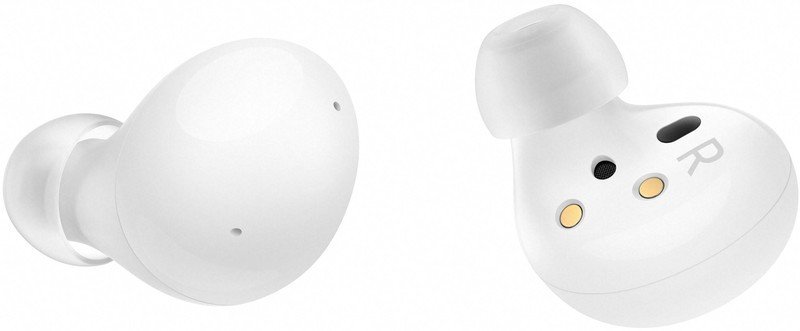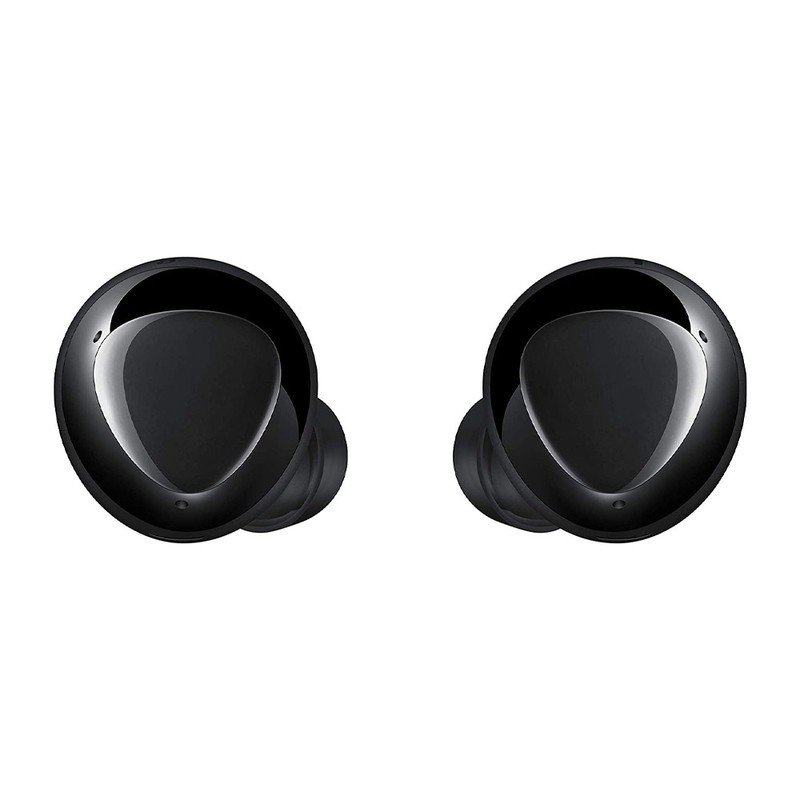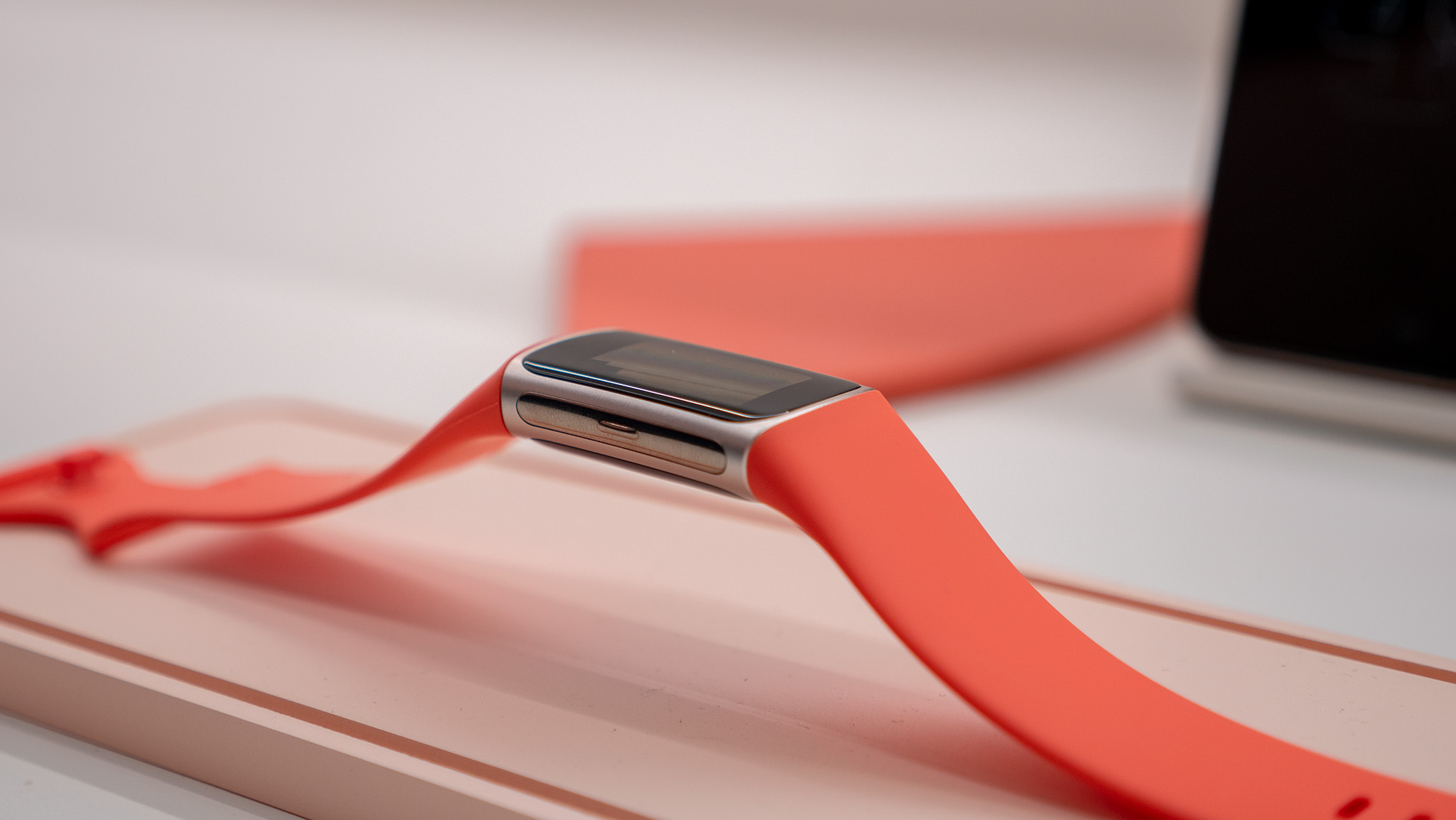Samsung Galaxy Buds 2 vs. Samsung Galaxy Buds+: Should you upgrade?
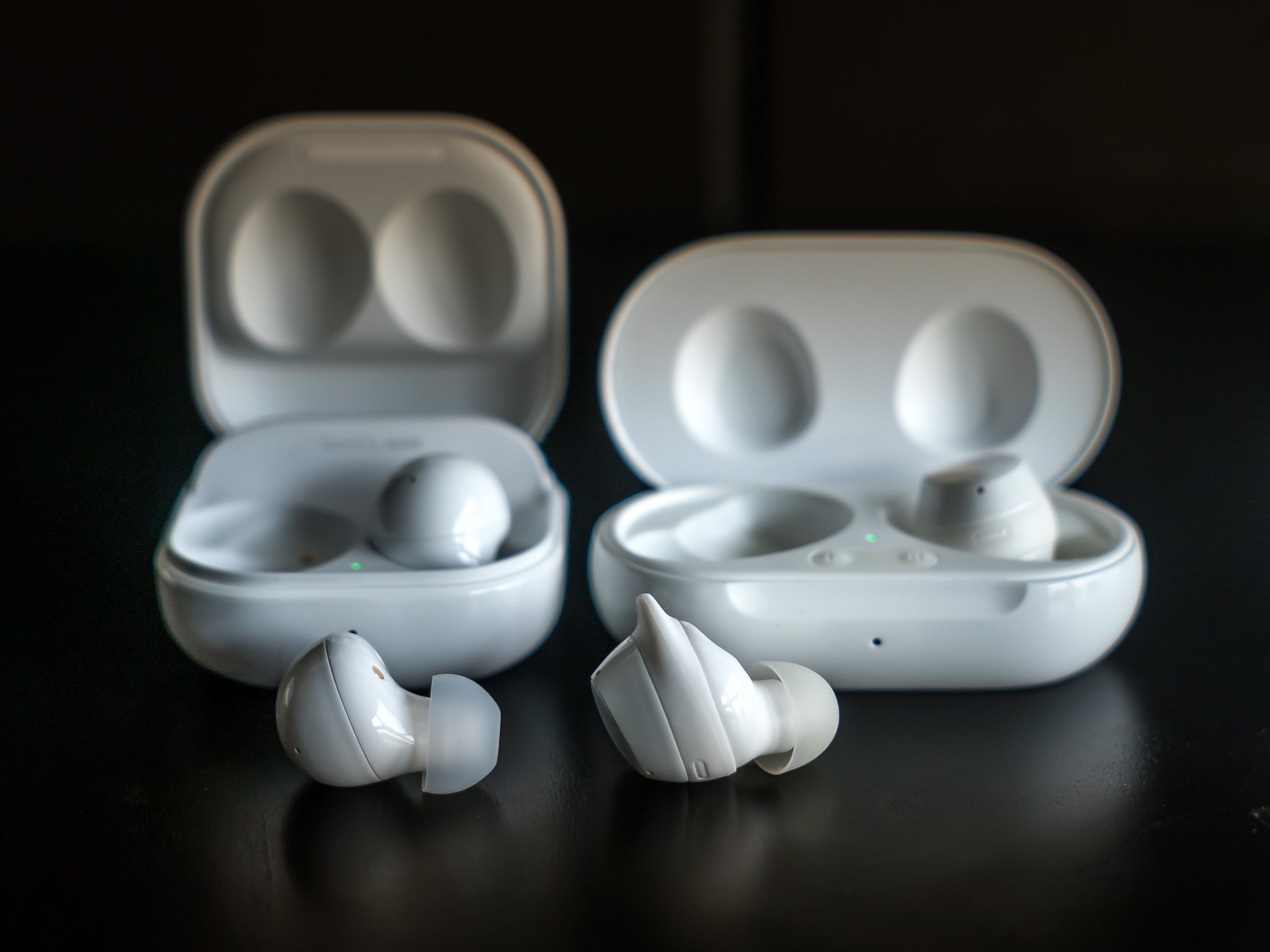
Samsung Galaxy Buds 2
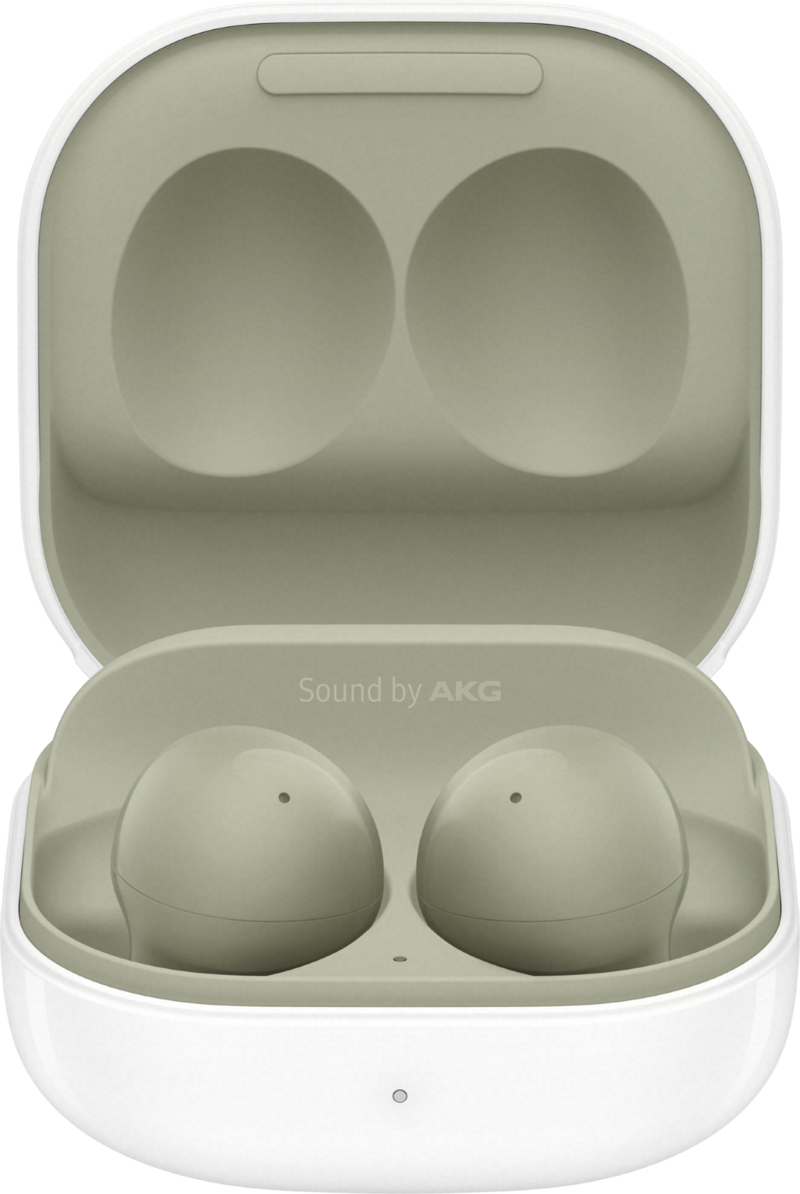
Samsung put the Galaxy Buds 2 on a diet of sorts, and the smaller frame makes what were already comfortable earbuds feel like they're almost not there at all. You lose out on some durability, but win with active noise cancelation and better sound to make these earbuds among the best in their class.
Samsung Galaxy Buds 2
Feeling slimmer
Samsung Galaxy Buds+
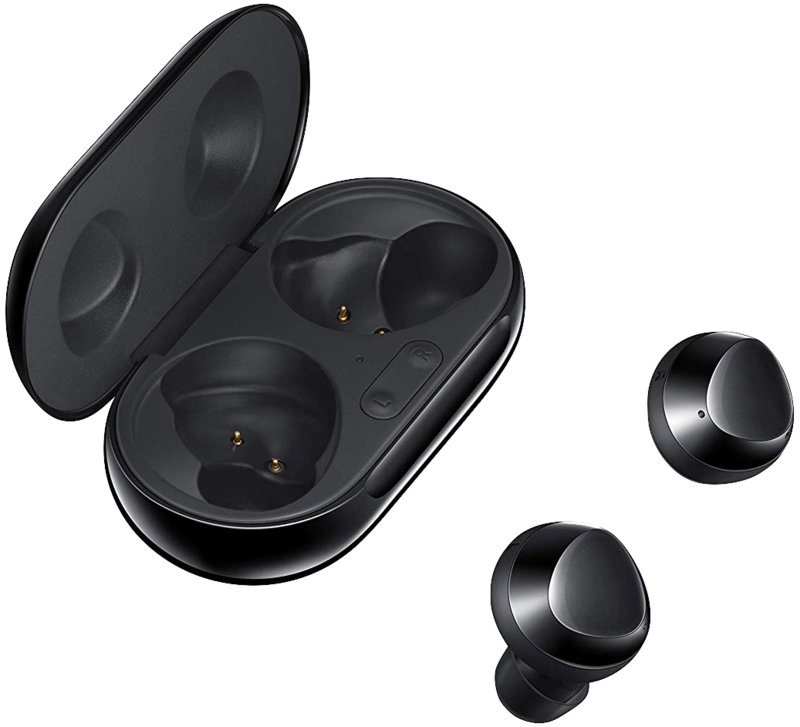
When Samsung first launched these earbuds, it made several corrective moves that put them on par with some of the best available, thanks to improved audio quality and a big leap in battery life. They still do well in those areas, but you'll be missing out on some newer features.
Samsung Galaxy Buds+
Still comfy
The Galaxy Buds+ started something good for Samsung when they proved the company could make good earbuds. Since then, the Galaxy Buds Live and Galaxy Buds Pro pushed in slightly different directions for those who needed a different look or fit. The Galaxy Buds 2 are the next step in the evolving product line, and really, the first true step for anyone interested in a pair of Samsung earbuds, but are they worth the upgrade?
Samsung Galaxy Buds 2 vs. Samsung Galaxy Buds+ Taking a step forward
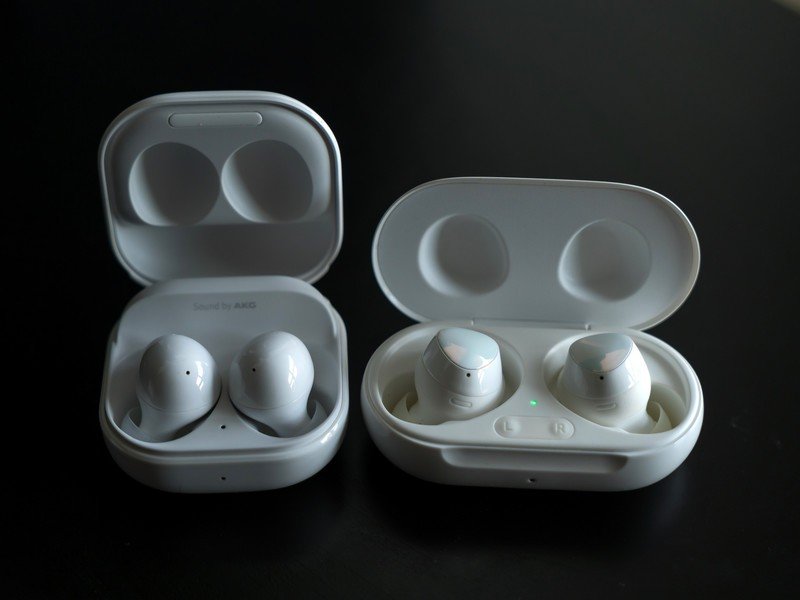
Anytime you can shave 10% off a pair of earbuds and add features to them can be a winning combination. The Galaxy Buds 2 would fit right in amongst the best wireless earbuds, where design and functionality come in different forms. How they fit is so critical to how they sound, and while the Galaxy Buds+ earned a solid reputation on both counts, their successors take it all a step further.
| Header Cell - Column 0 | Samsung Galaxy Buds 2 | Samsung Galaxy Buds+ |
|---|---|---|
| Durability | IPX2 | IPX2 |
| Bud battery life | 5 hours | 11 hours |
| Charging case battery life | 20 hours (29 without ANC) | 22 hours |
| Connectivity | Bluetooth 5.2 | Bluetooth 5.0 |
| Digital assistant support | Bixby, Google Assistant, Siri | Bixby, Google Assistant, Siri |
| Supported audio codecs | SBC, AAC, Scalable | SBC, AAC, Scalable |
| Speaker size | 11.5 mm drivers | 6 mm drivers |
| Active noise cancelation | Yes | No |
One thing Samsung didn't change, despite the slimmer form factor, is durability. The Galaxy Buds 2 are no more rugged than the Buds+ are, so if you're thinking about rigorous workouts, plug your ears with another pair. Or consider the Galaxy Buds Pro, which have an IPX7 rating.
Battery life may seem like a big step backward, but when put into context, it's an understandable situation. Without ANC or Ambient Sound, the Galaxy Buds+ excel at working for longer stretches because there are fewer features sipping on the battery. With those features in the Buds 2, battery life becomes far more relative. You can play audio for up to 7.5 hours with ANC off, or five hours with it on. Those numbers may not be exceptional, but they're about where others are, especially considering their size.
The Galaxy Buds+ weren't built for repeated charging because the (roughly) 11 hours of playback was enough for a fair bit of listening. The case offered one full recharge before you had to plug that in again, too. With the Buds 2, you can get up to four charges, though the full total is almost equal to the Buds+. Again, with the feature set in mind, it's nice to get that much on the go, especially considering the Buds 2 have a smaller case. Samsung took the same design it had for the Buds Live and Buds Pro cases and just applied it to the Buds 2. Except for the colors and cradles, the design looks all but the same.
Get the latest news from Android Central, your trusted companion in the world of Android
Samsung Galaxy Buds 2 vs. Samsung Galaxy Buds+ Pushing the needle forward
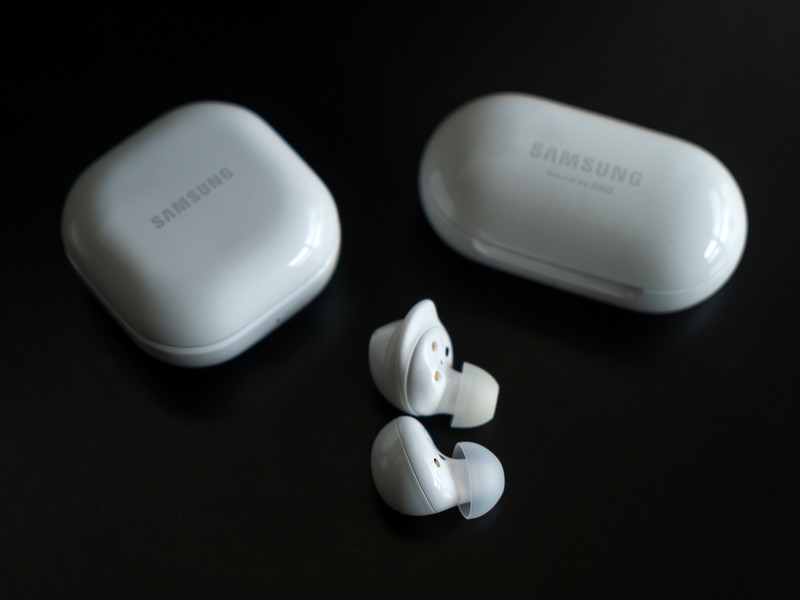
Samsung didn't delve into great detail over the drivers and woofers inside the Galaxy Buds 2, but they are clearly different from their predecessors. In fact, they have more in common with the Buds Pro with punchy bass and addtional crispness. Both pairs were tastefully designed, but what makes the Buds 2 feel more reliable is that it's easier to get a good seal with them. The earbud fit test in the Galaxy Wearable app might be a good place to start.
Wireless earbuds sometimes live and die by how much you can seal in the audio coming out of them. It's what lets the bass thump and it adds something extra to a track. That feather-like approach clearly carried over from the Buds+ to the Buds 2, except with a 10% smaller frame per bud, it's not going to be as difficult to find a comfortable fit. There are three sizes of silicone ear tips, though I do wonder how well foam tips would do with earbuds like these. They provide a truly tight seal conforming to your ear shape, and could make the whole experience of wearing feel even lighter.
Wireless earbuds sometimes live and die by how much you can seal in the audio coming out of them.
It's just a shame Samsung continues to avoid going beyond the six EQ presets you get in the Galaxy Wearable app. They're not bad, but if you don't like any of them, you're out of luck on customizing them to your liking. In that regard, neither pair has an advantage, since Samsung merely carried on with the same approach.
It matters if you tend to veer away from the standard EQ settings that tend to amp up bass and treble while keeping mids steady. For most modern music, it may be just what your ears want, but if it isn't, you have to hope one of the other presets produces the best results for you. Since the Galaxy Buds 2 sound better, you come at all this with an inherent advantage off the bat wearing those earbuds.
Samsung also made big strides in call quality when it launched the Galaxy Buds+, though I'm not entirely sure it took a big leap with the Galaxy Buds 2. Samsung didn't put the same microphones in these earbuds that it equipped in the Buds Pro, and the results do show over time. The biggest example is when talking with noise in the background. Noise reduction tech, coupled with software regulating the feature, can't go quite as far. You'll have no problem with calls in quieter confines, but louder spaces may pose a challenge.
Speaking of which, touch controls continue to plague Samsung on all its earbuds. The Galaxy Buds 2 join all the others in that regard. Single touches are generally fine, whereas multi-touches aren't consistent. Moreover, when you try to adjust either earbud, you run the risk of accidentally pausing or hanging up.
And lastly, when it comes to colors, the Galaxy Buds+ came in a vibrant set that included black, white, blue, pink, red, and deep blue variants. The Galaxy Buds 2 go for a more neutral and fashion-forward look with white, graphite, olive and lavender variants.
Samsung Galaxy Buds 2 vs. Samsung Galaxy Buds+ Which should you choose?

Samsung already announced that it's discontinuing the Galaxy Buds+. That means it will stop manufacturing them, while retailers will sell off remaining inventory, so good deals and lower prices are around the corner. They should still get some firmware updates going forward, but that's not a guarantee, so while they may seem like a bargain, you may not get more for your money in the long run.
After all, the Galaxy Buds 2 already feel like a good deal, despite costing more. They bring some of what the Buds Pro had and apply them in ways that are easy to like, making them worth the upgrade. Good sound and easy comfort are a must for wireless earbuds, and with decent battery life to go with that, it's hard to look away from these earbuds considering what you get.

Ted Kritsonis loves taking photos when the opportunity arises, be it on a camera or smartphone. Beyond sports and world history, you can find him tinkering with gadgets or enjoying a cigar. Often times, that will be with a pair of headphones or earbuds playing tunes. When he's not testing something, he's working on the next episode of his podcast, Tednologic.
